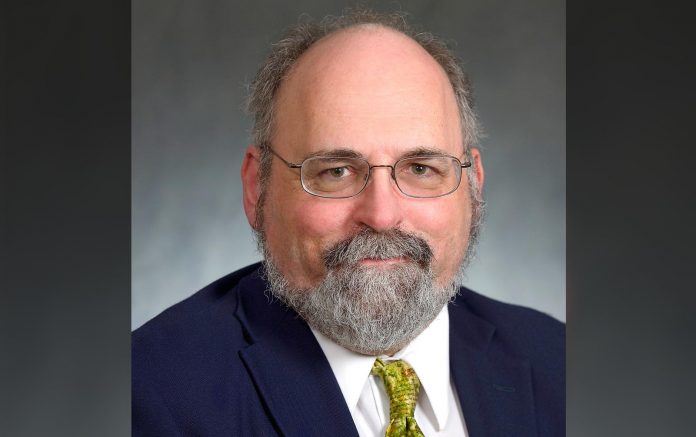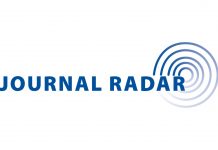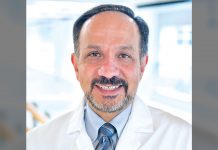Posted: February 2017
From the Editor / Corey J. Langer, MD, FACP
A new year has dawned, and with it both excitement and uncertainty in the field of thoracic oncology. In the past half-decade, we have witnessed a “tsunami” of progress in the management of advanced disease, especially non-small cell lung cancer (NSCLC). The burgeoning role of oncogenic drivers as targets for treatment and the rapid emergence of immunotherapy in both the second-line and, more recently, in the front-line setting, have irrevocably altered the therapeutic landscape for the better, solidifying the interdisciplinary alliance that already exists between thoracic surgeons, radiation oncologists, medical oncologists, pathologists, and interventional pulmonologists and radiologists. These advances, however, have also posed unique challenges. New targeted strategies and immunotherapies are costly, beyond the budgets of most nations. Ronan Kelly, in this issue (page 7), highlights the tension that exists between cost and benefit and the emergence of clinical pathways that may help mitigate the former and enhance the latter. Fred Hirsch reviews the therapeutic implications of the ambitious International Blueprint Project as we seek to harmonize PDL-1 testing (below). Detecting oncogenic drivers often requires re-biopsy and long waits for results; the role of liquid biopsies in this realm has been explored in the past (FDA Corner, Issue 3, 2016), and will be explored further this year as more data accumulate. At the opposite end of the spectrum, thanks in large part to the National Lung Screening Trial (NLST), early detection in “at-risk” individuals has also been established as a vital component of standard clinical practice, but this too has resulted in challenges and controversy, which are explored by James Mulshine and John Field in this article.
As we go forward, during 2017, each issue will include unique stories with sections on the FDA and NCI, evolving standards of care, points of controversy in clinical practice, new international drug approvals, Names and Faces in the News, as well as features on individuals who have made a difference in the field. In addition, this year, issue by issue, we will highlight various international advocacy groups whose shared purpose is to destigmatize lung cancer and to make sure thoracic oncology receives its fair share of funding and publicity. We promise, as well, to focus on new technology in both the surgical and radiation oncology spheres and to explore the potential impact such approaches may have on therapeutic outcome and morbidity; in particular, we will discuss how new technology might be harnessed to our evolving understanding of thoracic cancer biology. As we line up content for the new year, we welcome all suggestions and constructive criticisms.
2017 promises to be a very exciting year, particularly in the United States and parts of Europe where new political regimes with unorthodox, often radical agendas have assumed power. In this environment, preserving the integrity of science and the scientific method is key to our progress in thoracic oncology; and it is also key, I believe, to the longevity and quality of life of our patients. Their trust in us and in our objectivity and compassion is sacred. We cannot fail them.











